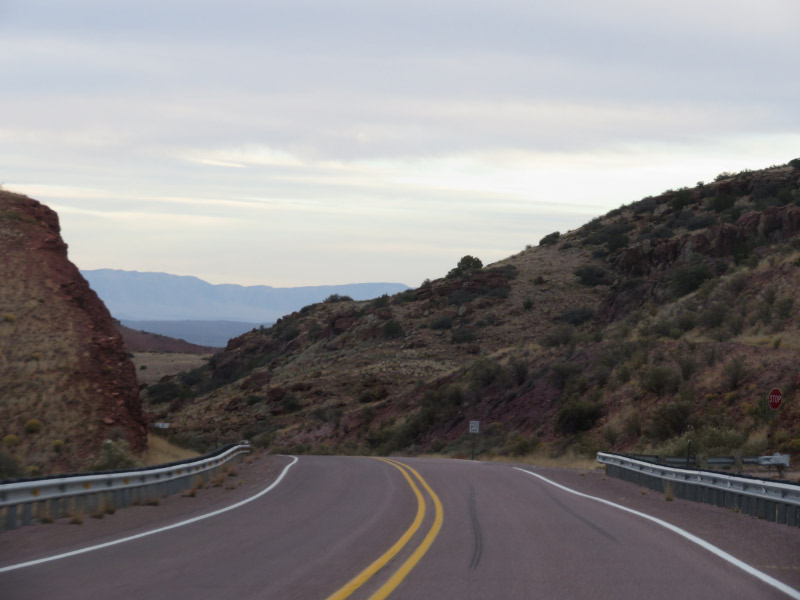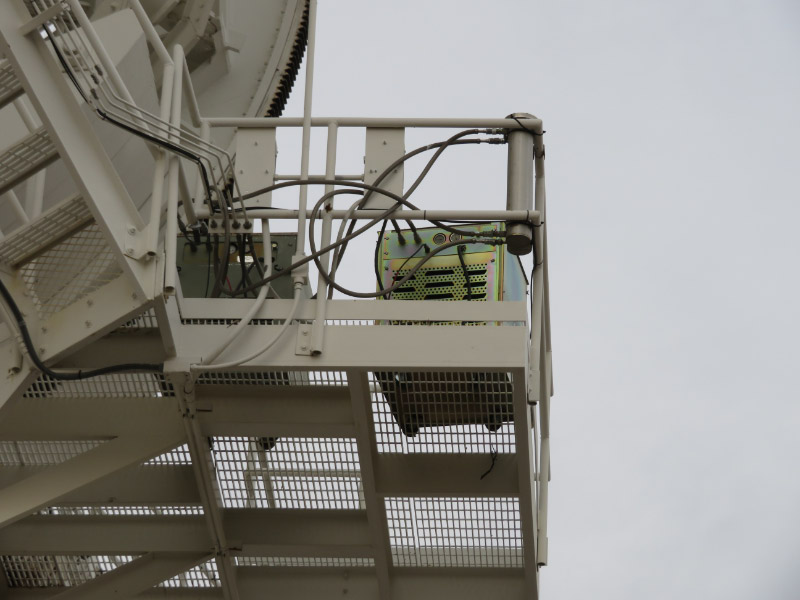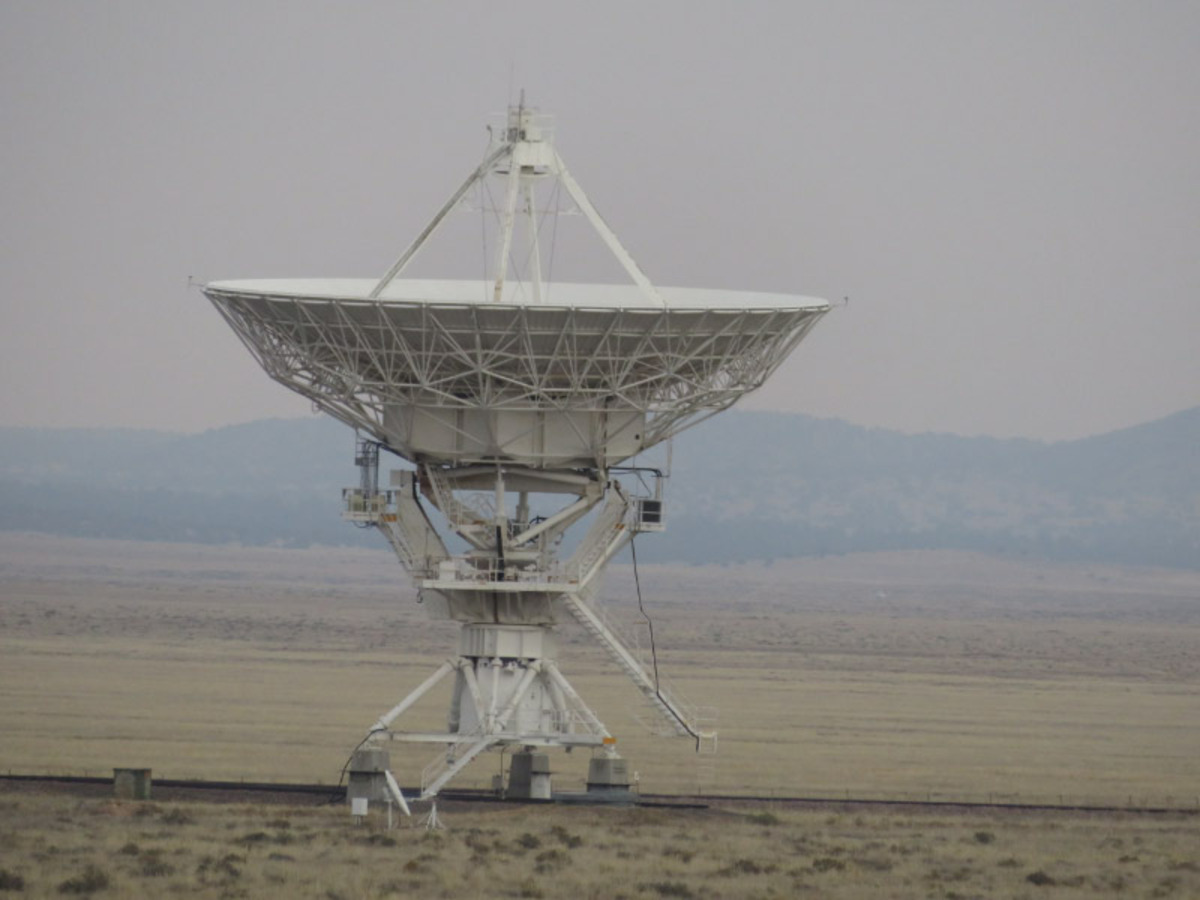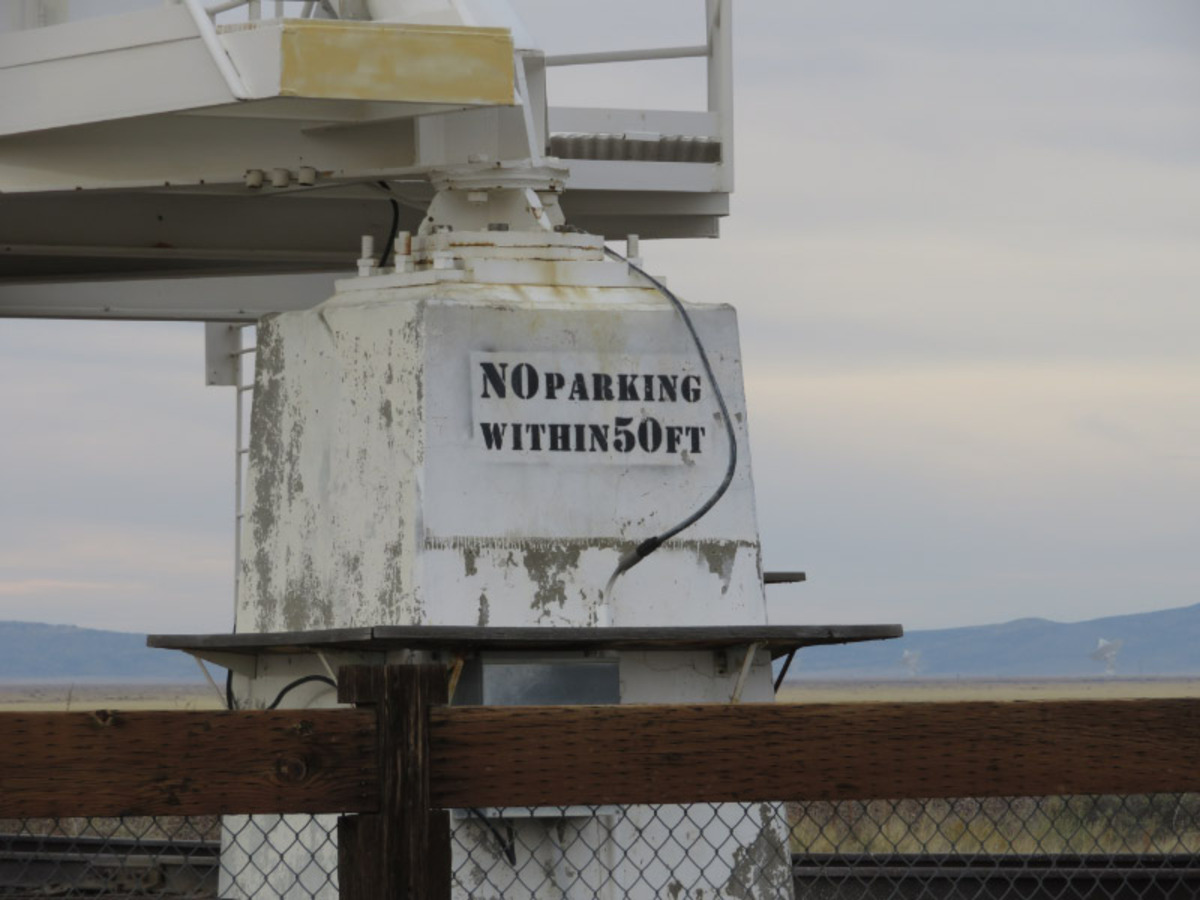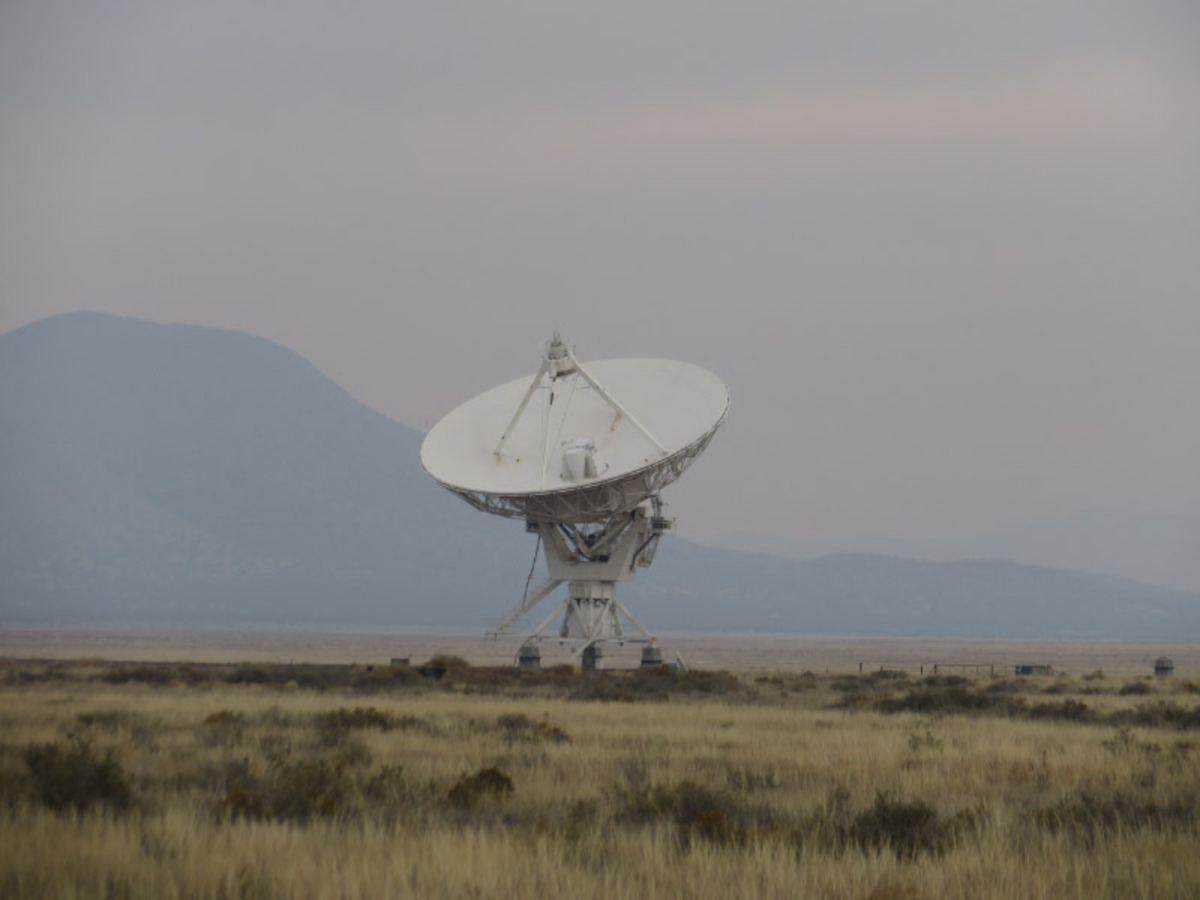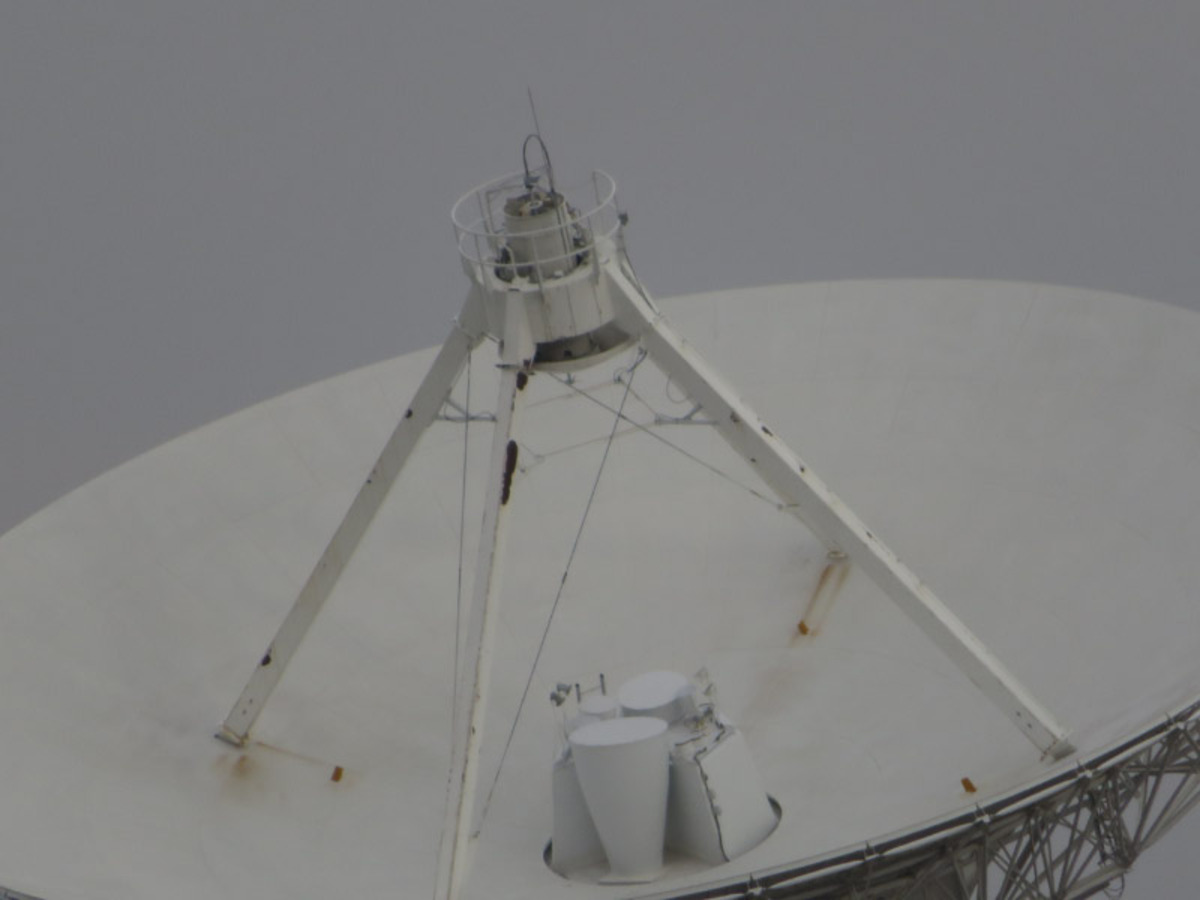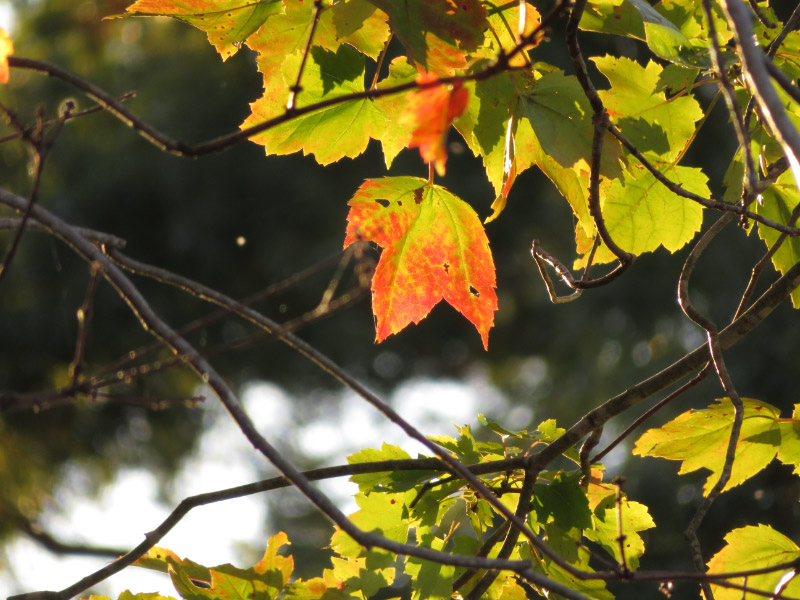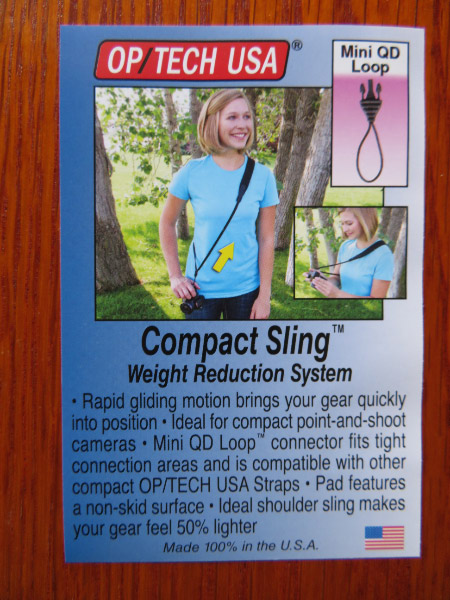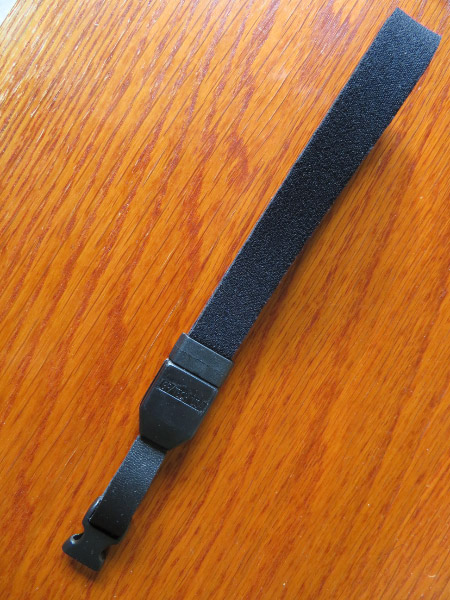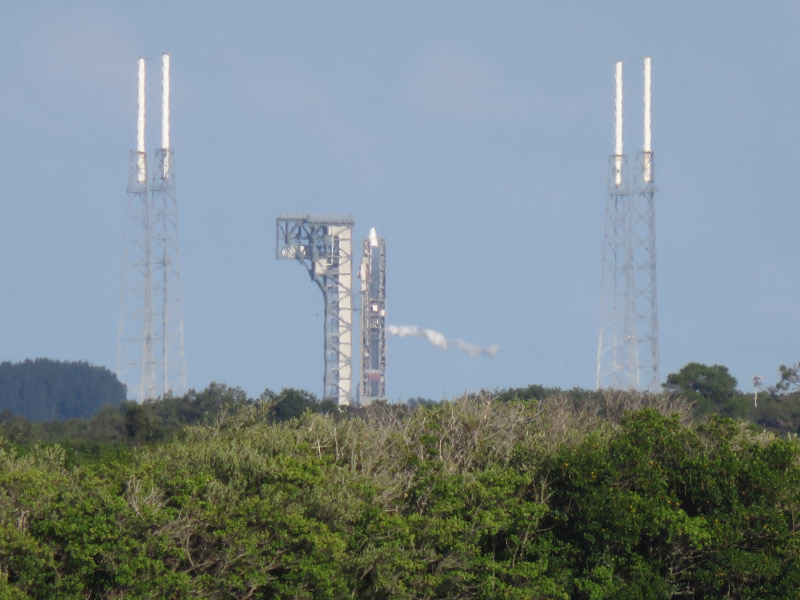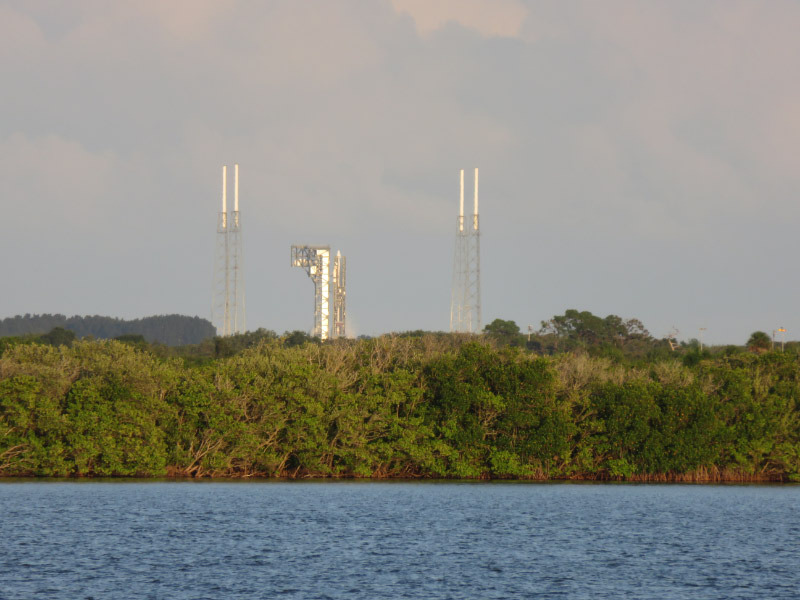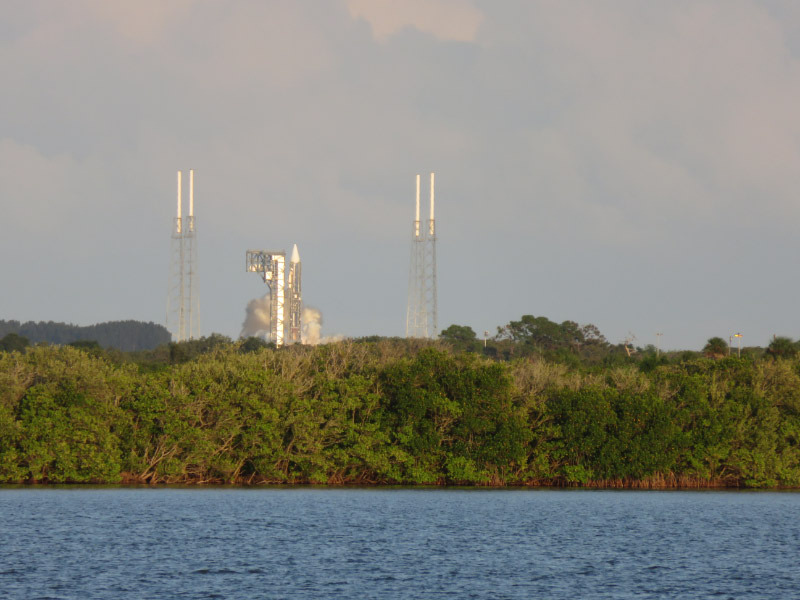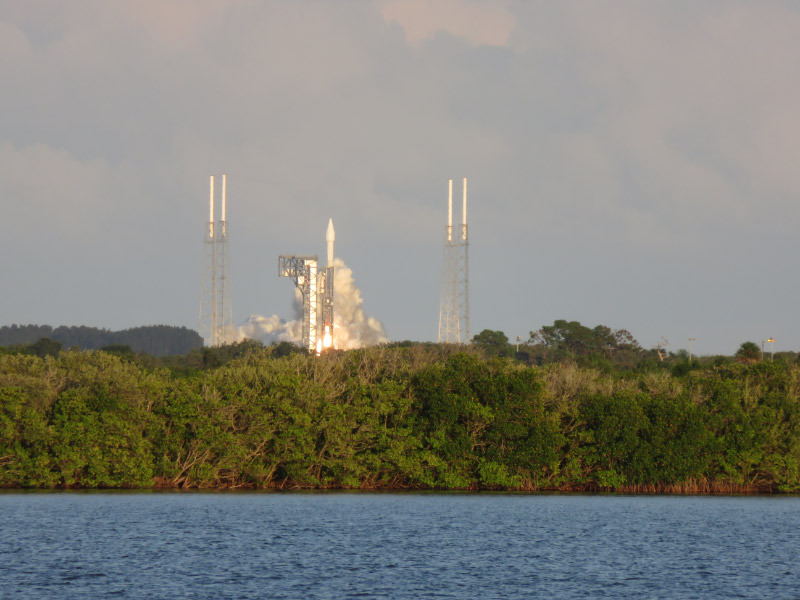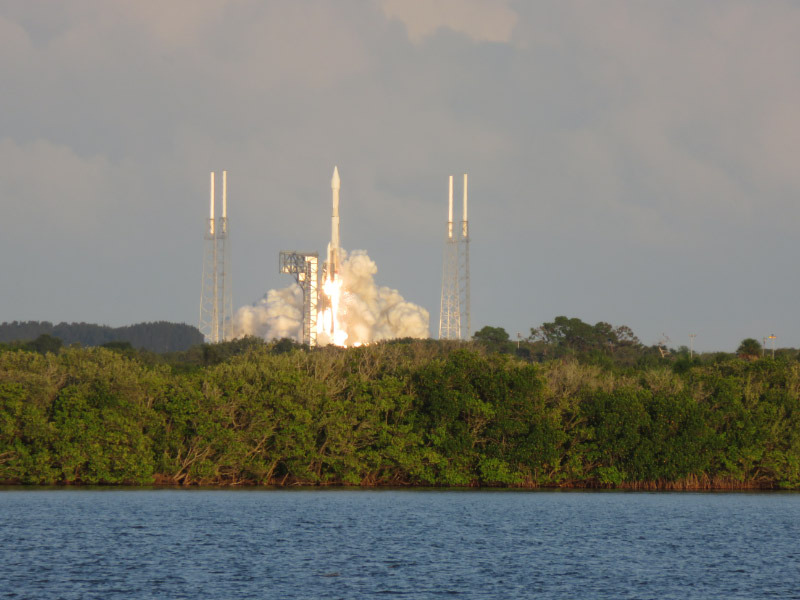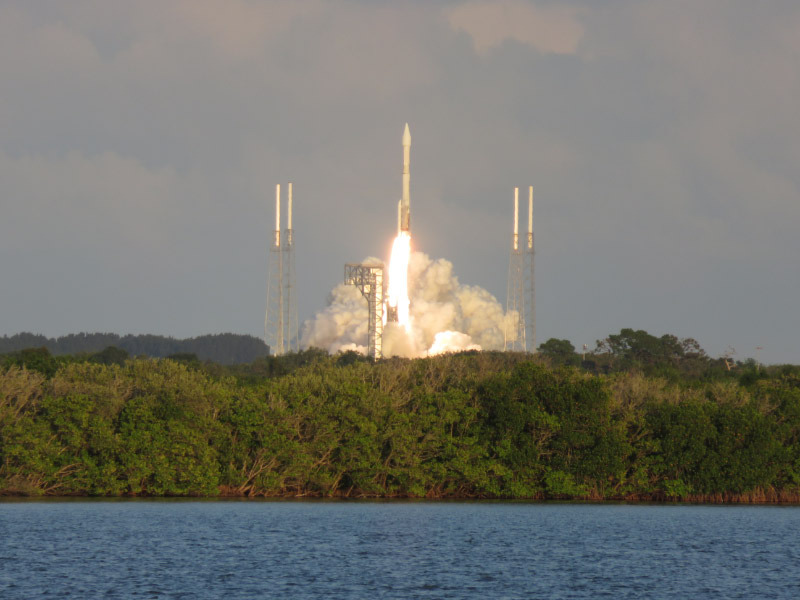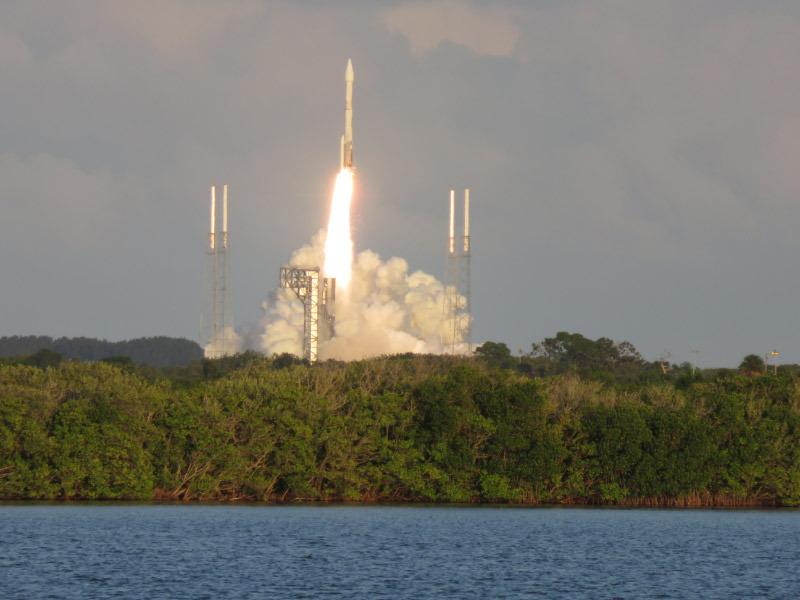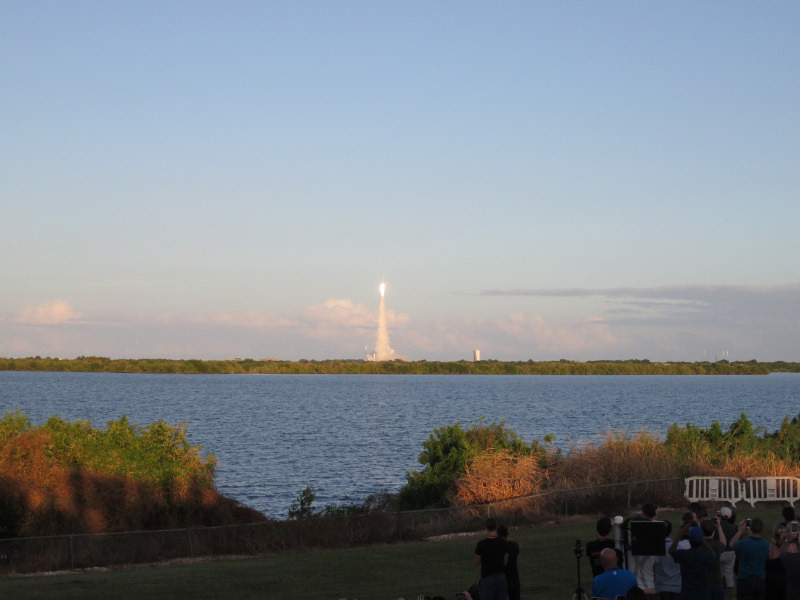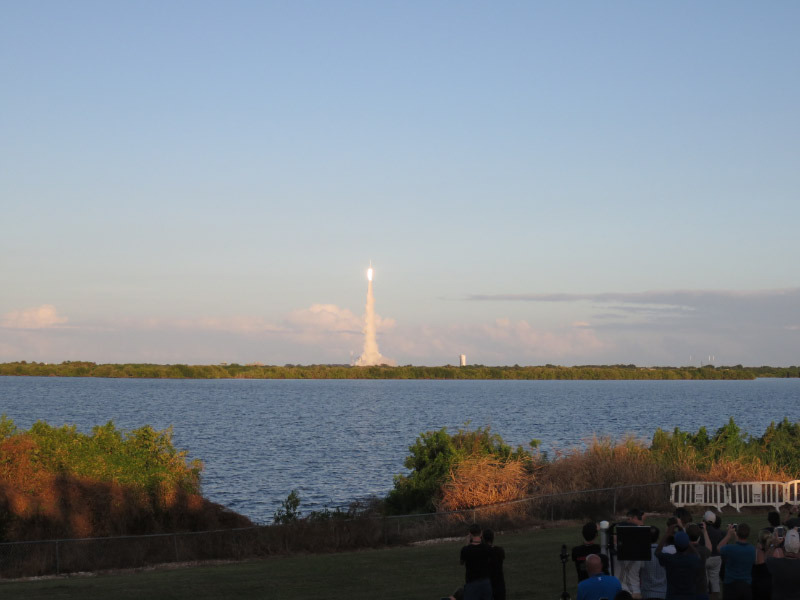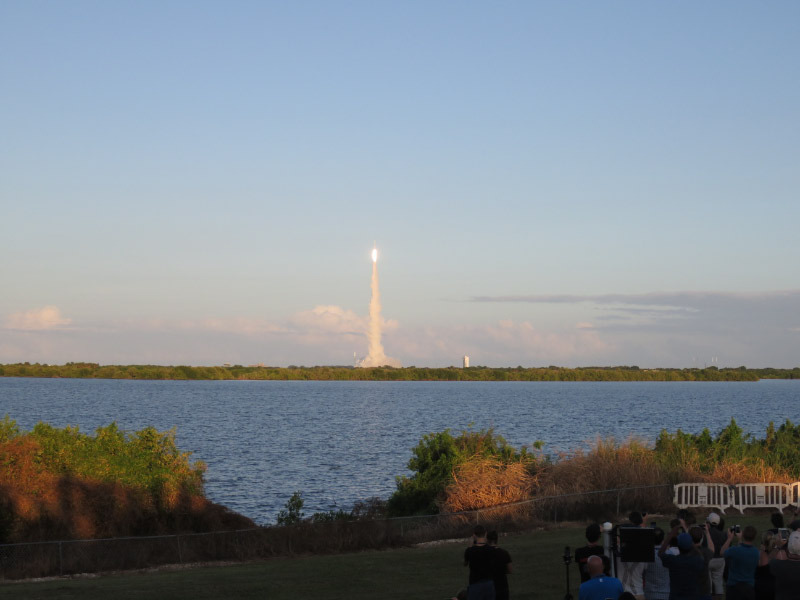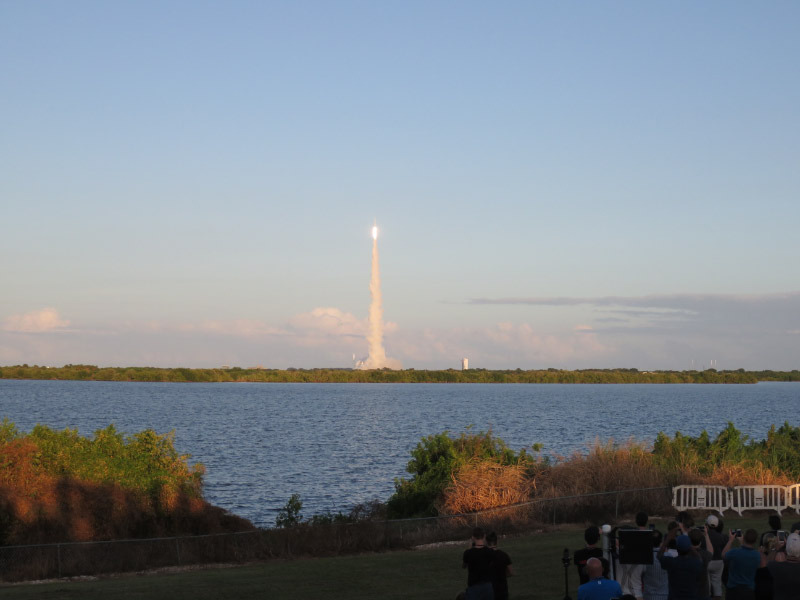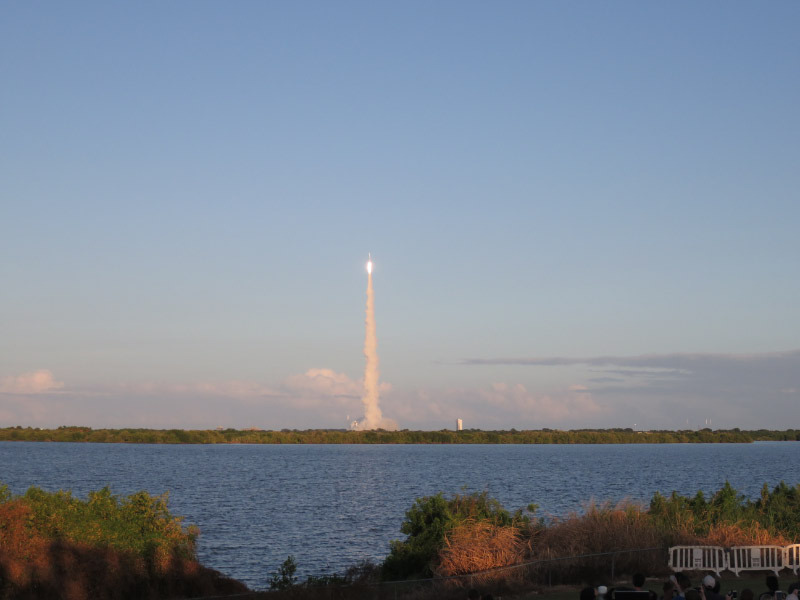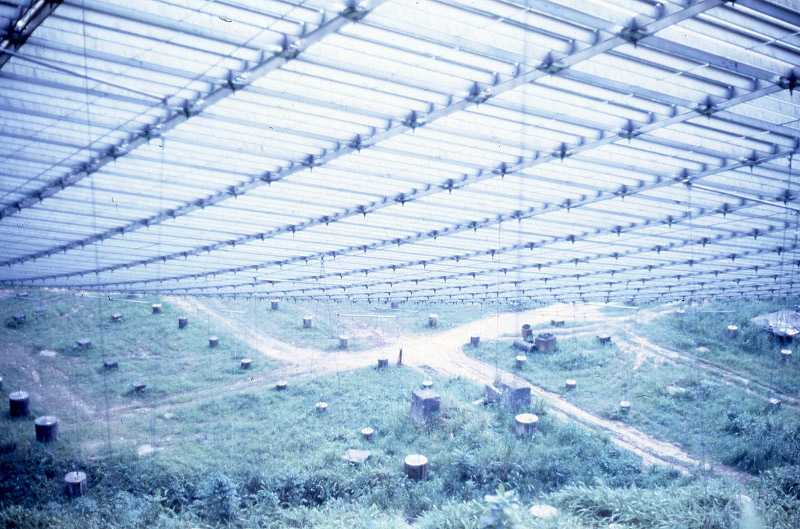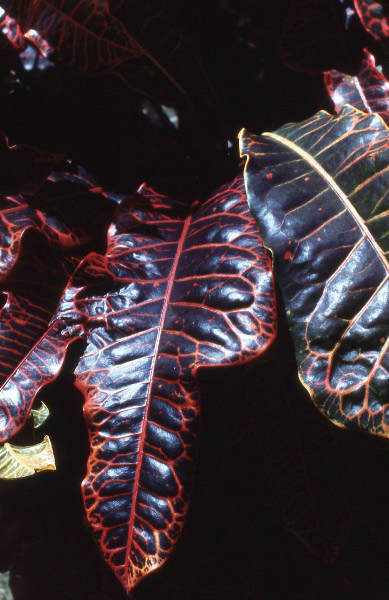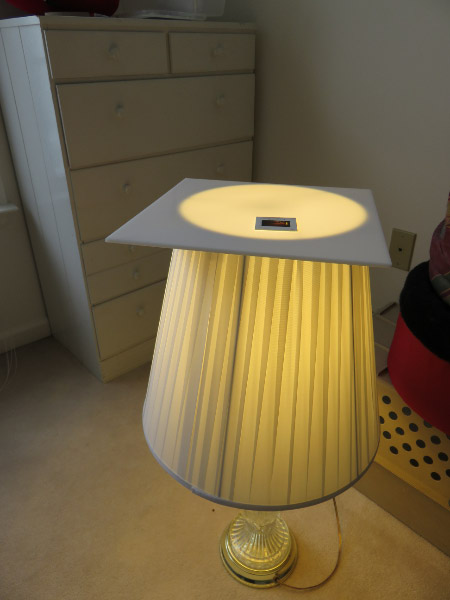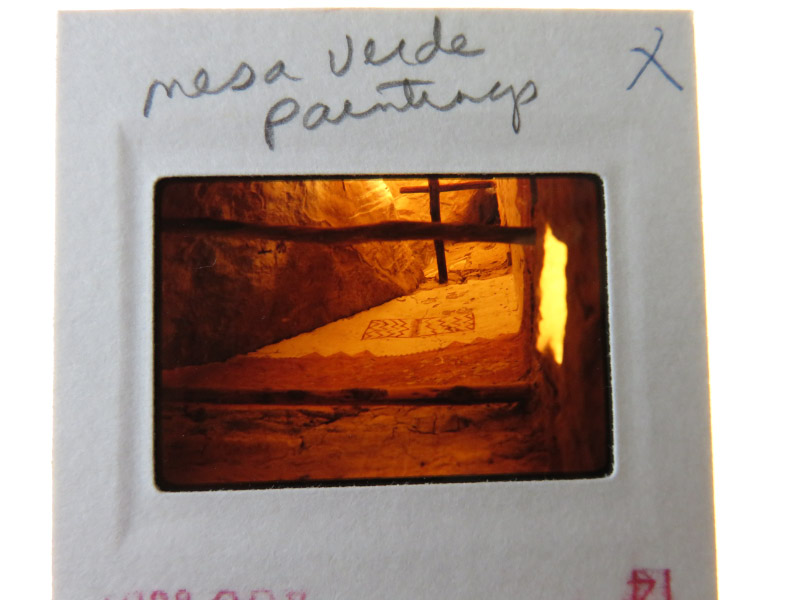 I was a judge for out county’s STEM (Science – Technology – Engineering – Math) Fair last Saturday. It was a well-organized event and I enjoyed it just as I have in years past. Every year the students seem to be better prepared and their projects even more interesting. This year I was judging 8th grade projects and afterwards I thought a lot about how much things have changed since I was in 8th grade. It’s been close to 50 years!
I was a judge for out county’s STEM (Science – Technology – Engineering – Math) Fair last Saturday. It was a well-organized event and I enjoyed it just as I have in years past. Every year the students seem to be better prepared and their projects even more interesting. This year I was judging 8th grade projects and afterwards I thought a lot about how much things have changed since I was in 8th grade. It’s been close to 50 years!
I did not participate in a Science Fair when I was in 8th grade although I was in a general science class. It was not a required class and I was 1 of 2 girls in the class. These days the need for STEM literacy is even greater than it was 50 years ago and the schools are striving to upgrade curriculum to keep pace with the needs of the modern world. The students participating in the STEM Fair were the best from their school – and there were more girls than boys. I’m glad that more girls are participating these days but it’s very important for all students to be savvy about these topics.
8th grade for me was ‘junior high’ but the more popular term these days is ‘middle school.’ My junior high was fed by neighborhood elementary schools and reflected the racial and ethnic diversity of those neighborhoods which were very homogenous (later racial integration would be achieved via busing); 99% of the student body were Caucasian. In my area now, the neighborhood elementary schools still feed the middle schools. The big difference is that the neighborhoods are racially and ethnically diverse so the student body is too. The students at the science fair were representative.
When I was in 8th grade there were only a few instances when I was asked to present anything; it was not a focus in junior high at all. In high school – debate teams provided that experience to a few students. Now, the ability to present your ideas or work is part of the educational experience. It was clear that the 8th graders had practiced their presentations and had anticipated the types of questions the judges were asking. Some of the projects were done by 2 person teams and their presentation was orchestrated so that both students talked and interacted with the judges.
Many of the students acquired things for their experiments that would have been very difficult to obtain (if they existed) 50 years ago: mealworms, empty gel caps, open top field chambers for saplings, iPads/smart phones to display pictures, and an online memory game. It is easy to acquire things like this now. I suppose that the student could have grown mealworms…but it would have made the experiment much more time consuming and maybe even distracted from the experiment.
The families of these students are most likely different than those from 50 years ago too. Fifty years ago fast food was an infrequent thing, most mothers worked part time or were at home when students got out of school, the school was not air conditioned and that was true for a lot of homes too, there were no computers, most students had one or more siblings, and jeans were not acceptable attire in many schools.
The big scary thing in the 1960s was nuclear war. As an 8th grader it was something I was well aware of. It was related to science/technology just as the new big scary thing is for these students: climate change. Several of the students related their project to climate change --- one quite passionately.
There have been a lot of changes and as I think about them now – it is important that we integrate everything into the way we really want to be for right now and into the future. The students I met at the STEM Fair seem to be achieving that. I applaud them and the people (parents, teachers, friends, etc.) that support them.
